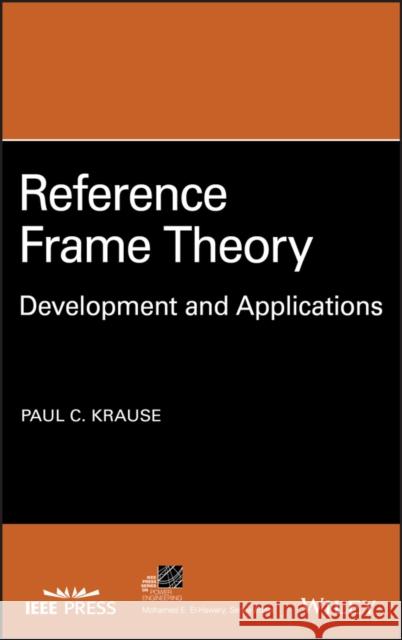Reference Frame Theory: Development and Applications » książka
topmenu
Reference Frame Theory: Development and Applications
ISBN-13: 9781119721635 / Angielski / Twarda / 2020 / 128 str.
Kategorie:
Kategorie BISAC:
Wydawca:
Wiley-IEEE Press
Seria wydawnicza:
Język:
Angielski
ISBN-13:
9781119721635
Rok wydania:
2020
Numer serii:
000528412
Ilość stron:
128
Waga:
0.33 kg
Wymiary:
22.86 x 15.24 x 0.79
Oprawa:
Twarda
Wolumenów:
01
Dodatkowe informacje:
Bibliografia











